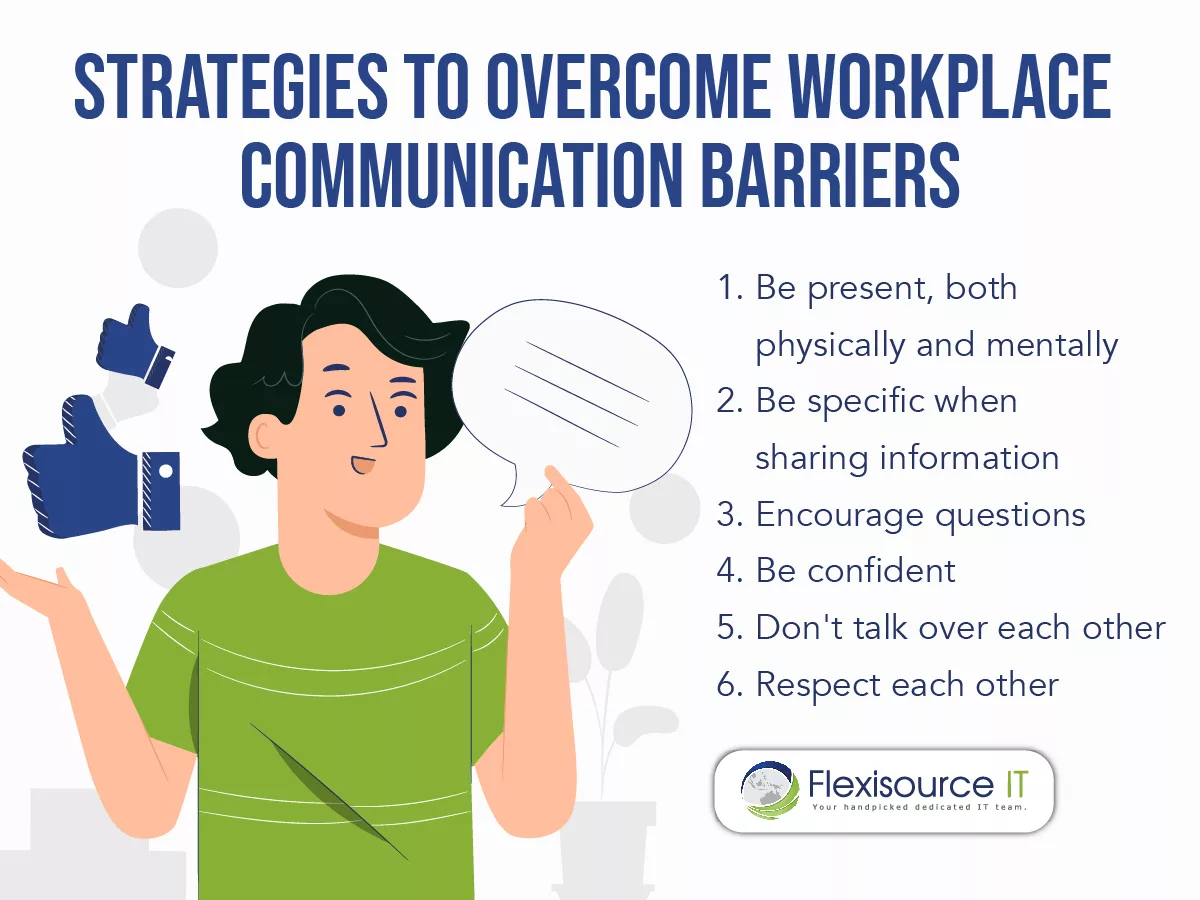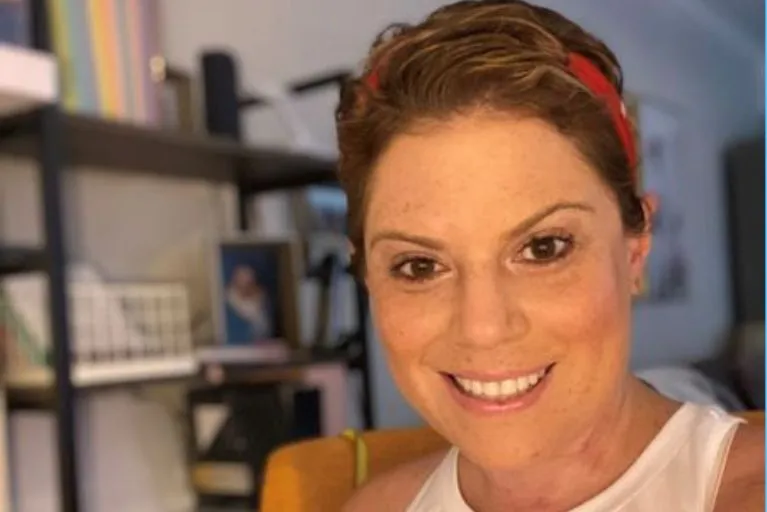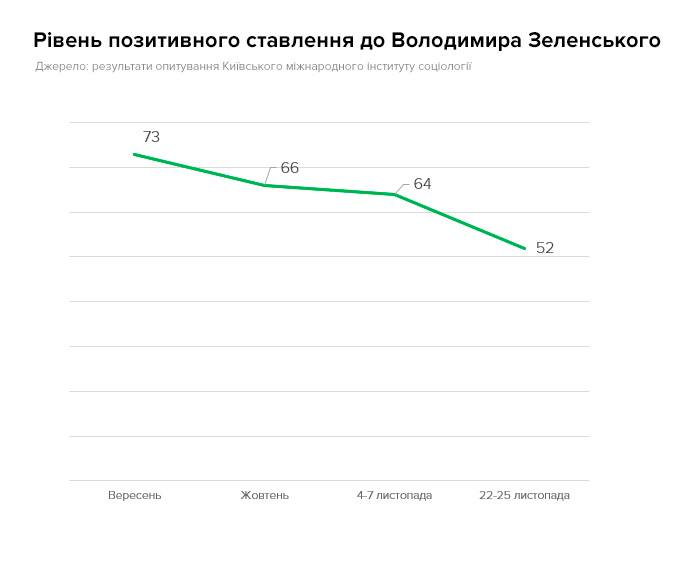From Flight Attendant To Pilot: Overcoming Gender Barriers In Aviation

Table of Contents
The Gender Gap in Aviation: A Historical Perspective
Historical Underrepresentation of Women
Historically, women have been significantly underrepresented in aviation, particularly in pilot roles. For decades, societal expectations and limited opportunities confined women to supporting roles. This legacy continues to impact the gender balance in the industry today.
- Early female aviators: While pioneers like Amelia Earhart shattered barriers, their achievements often masked a larger pattern of exclusion.
- Societal biases: Deep-rooted societal biases portrayed piloting as a masculine profession, discouraging women from pursuing it.
- Lack of access to training: Women faced significant barriers in accessing flight training, including limited financial resources and discriminatory admissions policies.
Persistent Gender Stereotypes
Persistent gender stereotypes remain a major obstacle for women in aviation. The image of a pilot is often still associated with masculinity, influencing perceptions of competence and suitability.
- Examples of stereotypes: Women pilots are sometimes perceived as less capable or less assertive than their male counterparts. They may face assumptions about their emotional stability and decision-making skills.
- Impact on career choices: These stereotypes discourage young women from considering aviation as a career path, perpetuating the gender imbalance.
- The "masculine" image of a pilot: The industry's marketing and media portrayals frequently reinforce this outdated image, hindering progress toward greater gender equity.
Challenges Faced by Women Transitioning from Flight Attendant to Pilot
Financial Barriers
The transition from flight attendant to pilot presents significant financial hurdles. Pilot training is expensive, requiring substantial investment in tuition, living expenses, and lost income during the training period.
- Loan options: While student loans are available, repaying them can be a major burden, especially for those already facing financial constraints.
- Scholarships: Limited scholarships and grants specifically designed for female pilots further exacerbate the financial challenge.
- Financial support networks: Access to family support or other financial assistance can significantly impact a woman's ability to pursue pilot training.
Educational and Training Hurdles
Women face numerous challenges in accessing and completing pilot training programs. Competition for places is fierce, and unconscious bias can influence admission decisions and training opportunities.
- Competition for places: The highly competitive nature of pilot training programs makes it difficult for women to secure a place, particularly in the face of significant male applicants.
- Biases in training environments: Instances of sexism or gender discrimination within training environments can create hostile learning environments and negatively impact performance.
- Lack of female role models: The lack of visible female role models in the profession can further discourage women from pursuing this career path.
Systemic Bias and Discrimination
Systemic bias and discrimination within the aviation industry can impact women's career progression. This bias can manifest in hiring processes, promotion opportunities, and workplace culture.
- Examples of discrimination: Subtle or overt bias in hiring practices, unequal pay, and limited advancement opportunities are potential barriers.
- The importance of mentorship: Mentorship programs and networking opportunities can provide valuable guidance and support for women navigating the industry.
- Combating bias: Raising awareness of unconscious bias and implementing proactive measures to promote gender equality is crucial to creating a more inclusive environment.
Success Stories and Inspiring Role Models
Profiles of Successful Female Pilots
Many women have successfully transitioned from flight attendants to pilots, defying gender stereotypes and achieving remarkable success. Their stories are powerful examples of determination and perseverance.
- Brief biographical details: Highlighting individual journeys, their paths to success, and the obstacles they overcame.
- Key challenges overcome: Showcasing the specific barriers faced and how they were navigated.
- Advice for aspiring pilots: Sharing insights and advice for aspiring female pilots, inspiring them to follow their dreams.
The Importance of Mentorship and Support Networks
Mentorship and strong support networks play a crucial role in empowering women in aviation. These networks provide guidance, encouragement, and a sense of community.
- Examples of successful mentorship programs: Showcasing successful programs that support women in their career journeys.
- The power of community: Highlighting the importance of building supportive relationships amongst women in the industry.
- Building supportive relationships: Emphasizing the need for collaboration and mutual support to foster a sense of belonging and empowerment.
Strategies for Overcoming Barriers and Promoting Inclusivity
Advocating for Policy Changes
Implementing policies and initiatives aimed at improving gender equality in aviation is essential for progress. These policies should address bias, discrimination, and access to opportunities.
- Examples of effective policies: Discussing effective policies implemented by airlines and aviation organizations to promote gender equality.
- Promoting diversity and inclusion programs: Highlighting the role of diversity and inclusion programs in creating more welcoming and equitable environments.
Increasing Access to Funding and Resources
Increasing access to financial aid and resources for women pursuing pilot training is vital. This includes scholarships, grants, and government initiatives.
- Scholarship opportunities: Showcasing available scholarships and grants specifically targeting women in aviation.
- Grants: Highlighting funding opportunities from government and private organizations.
- Government initiatives: Discussing any government-led initiatives to support women in the aviation industry.
Challenging Gender Stereotypes in Media and Marketing
Challenging outdated gender stereotypes in media and marketing is crucial. Positive portrayals of women in aviation can inspire the next generation of female pilots.
- Examples of effective campaigns: Showing effective campaigns designed to promote positive female role models in aviation.
- Promoting female pilots as role models: Emphasizing the importance of featuring successful female pilots in media and marketing materials to encourage other women.
Conclusion
The journey from flight attendant to pilot for women is often fraught with challenges, but also filled with remarkable triumphs. The significant gender gap in aviation underscores the persistent need for systemic change. From financial barriers and educational hurdles to systemic biases and persistent stereotypes, women face considerable obstacles. However, inspiring success stories and the growing importance of mentorship and support networks show that progress is possible. Aspiring female pilots, don't let gender barriers deter your dreams. Learn more about available resources and support networks to help you make the leap from flight attendant to pilot. Embrace the challenge and help us create a more inclusive future in aviation!

Featured Posts
-
 Anchor Brewings Closure A Legacy In Beer Ends
May 11, 2025
Anchor Brewings Closure A Legacy In Beer Ends
May 11, 2025 -
 Real Stories Real People The Importance Of Accurate Representation For Asian And Asian Americans In Media
May 11, 2025
Real Stories Real People The Importance Of Accurate Representation For Asian And Asian Americans In Media
May 11, 2025 -
 Spor Dzhonsona I Trampa Realniy Reyting Zelenskogo
May 11, 2025
Spor Dzhonsona I Trampa Realniy Reyting Zelenskogo
May 11, 2025 -
 Yankees Giants Series Key Injuries To Watch April 11 13
May 11, 2025
Yankees Giants Series Key Injuries To Watch April 11 13
May 11, 2025 -
 Tf 1 Chantal Ladesou Reprend Le Fil D Ariane
May 11, 2025
Tf 1 Chantal Ladesou Reprend Le Fil D Ariane
May 11, 2025
